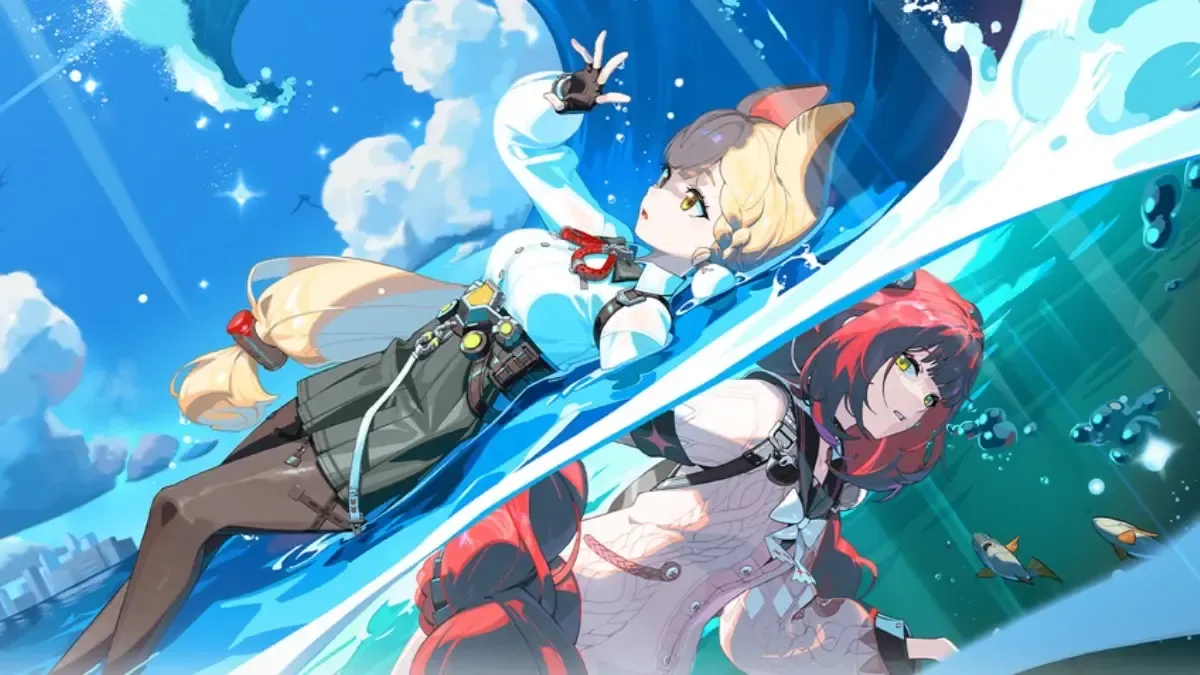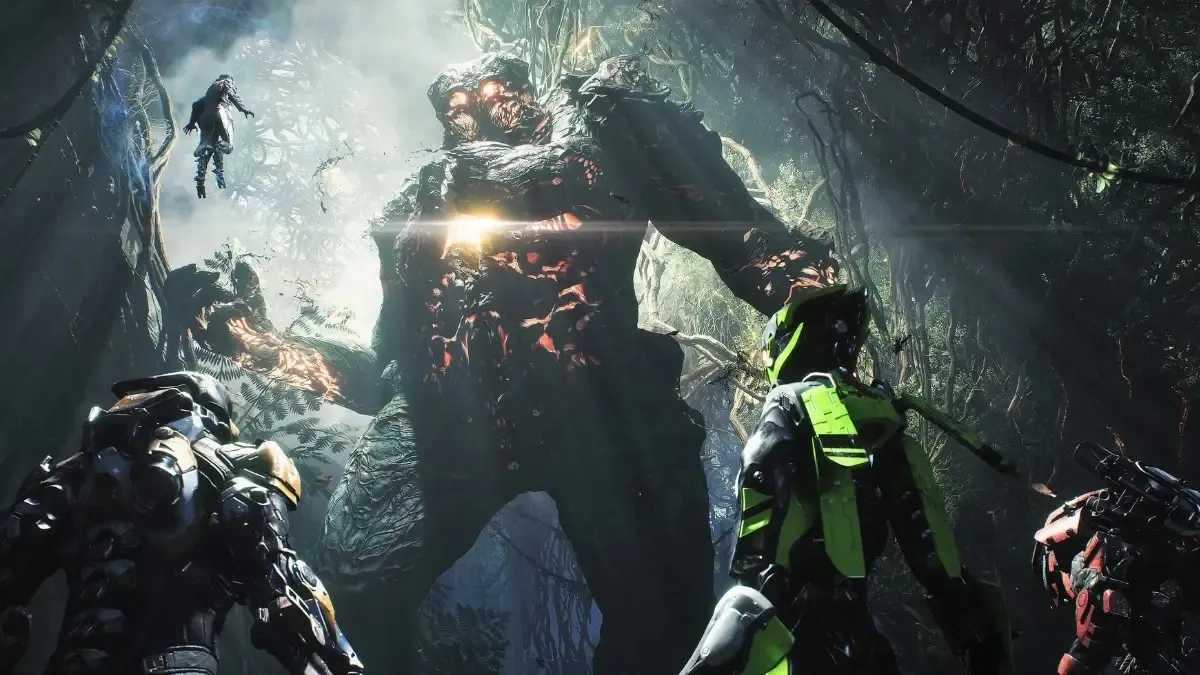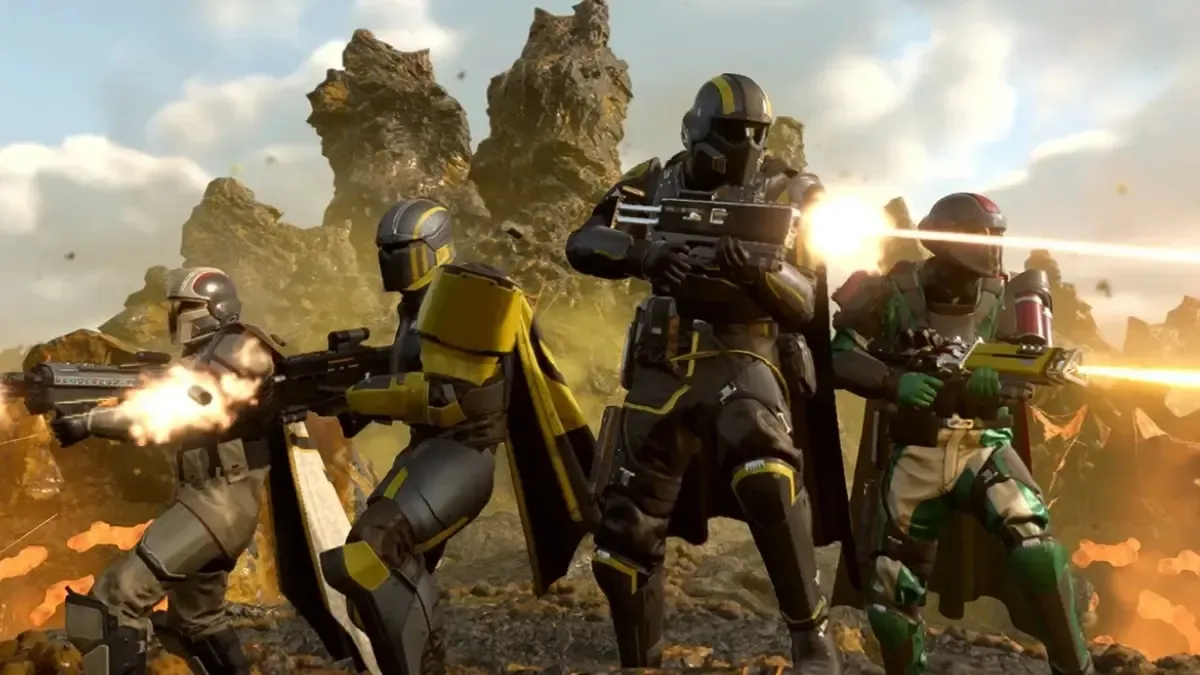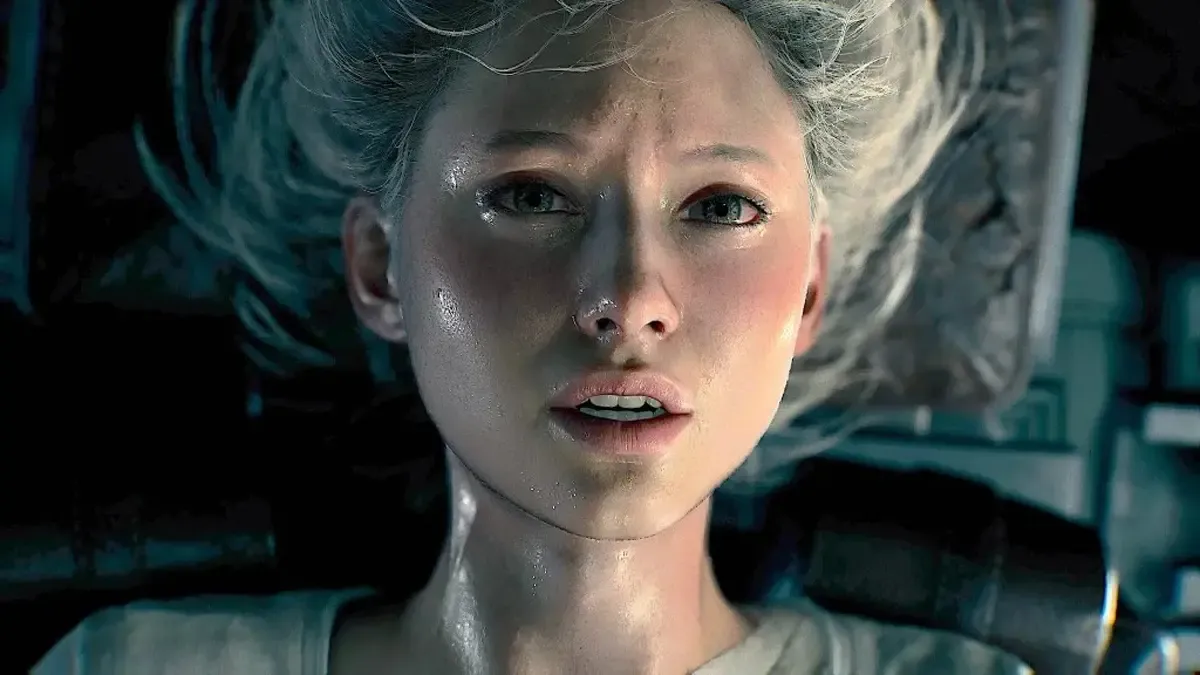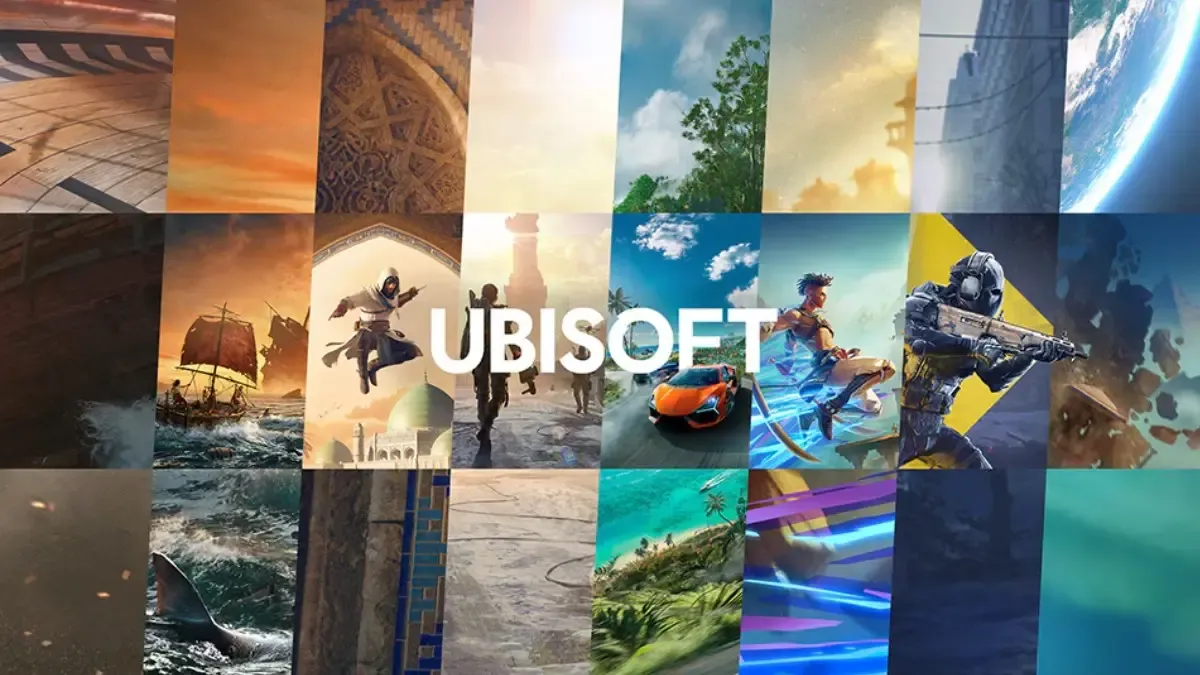Image: PlayStation Studios
Astro Bot is an unmissable experience for fans of PlayStation history and imaginative platformers.
Team Asobi’s 2020 platformer Astro’s Playroom was a charming little game that came pre-installed on all PlayStation 5 consoles, acting as a sequel to the studio’s PlayStation VR game Astro Bot Rescue Mission. Both games were delightful showcases of Team Asobi’s aptitude at creating fun platforming games with precise controls, even if they didn’t seem to find the audience they deserved.
Now that he's three games into his own franchise, Astro is finally headlining a full-fledged videogame of his very own: Astro Bot.
With breathtaking levels, imaginative platforming and 150 beloved gaming characters making cameos from even the most obscure corners of PlayStation history, one thing is clear: Astro was always meant to be a star, and he finally has a game that lives up to his full potential.
Collect all these PlayStation mascots and earn a prize!
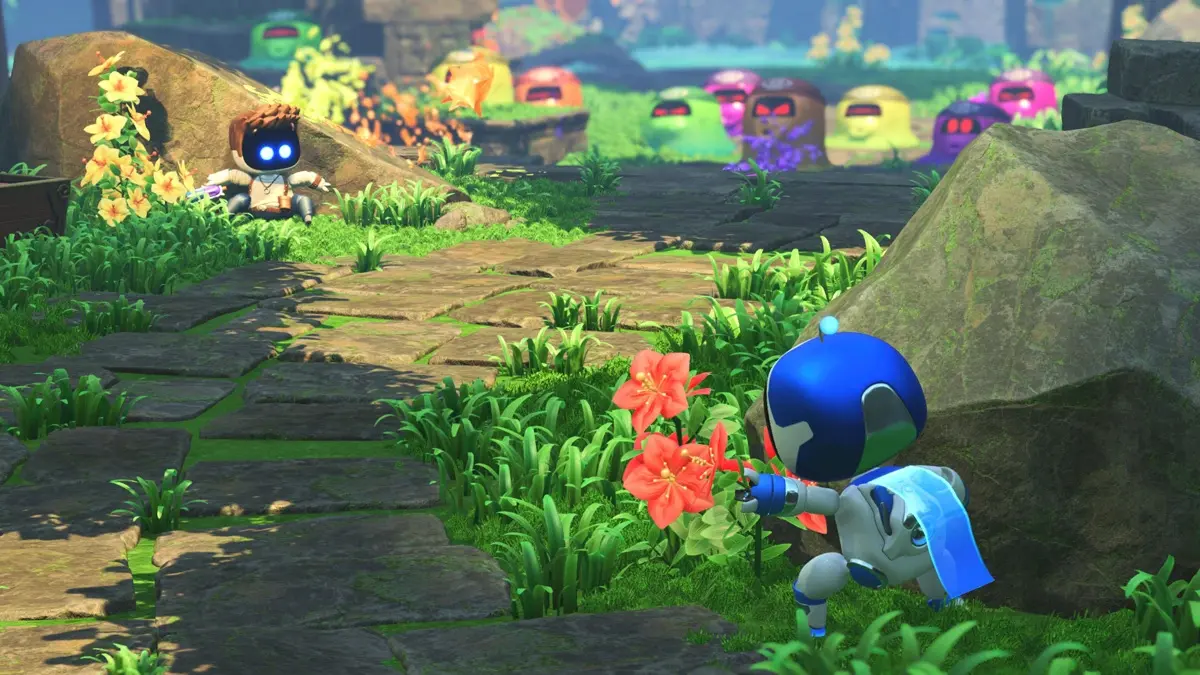
When last we saw our dear little robotic protagonist Astro, he had collected several pieces of iconic PlayStation hardware to form a spaceship that looks suspiciously similar to a PlayStation 5 console, and made friends with several familiar faces from the annals of gaming history, including Cloud from Final Fantasy 7 and Kratos from God of War.
This game picks things up with Astro’s spaceship getting destroyed by a cartoonishly evil alien, who has teamed up with a band of cyborg animals to steal various ship parts and really ruin Astro’s day.
Much like Super Mario Odyssey, Astro now has to visit different worlds - each containing a series of small levels - to beat the cyborgs and get these ship parts back. While this story contains all the narrative complexity of your average Saturday morning cartoon, it stays afloat thanks to how incredibly likeable Astro is as a protagonist. Equipped with a timeless visual design - now customisable with the addition of character skins - our hero traverses these new worlds with an infectious sense of joy and curiosity. Resisting emotional attachment to this adorable robot is a futile endeavour, and that turns out to be exactly why the game's action-packed final mission hits so very hard.
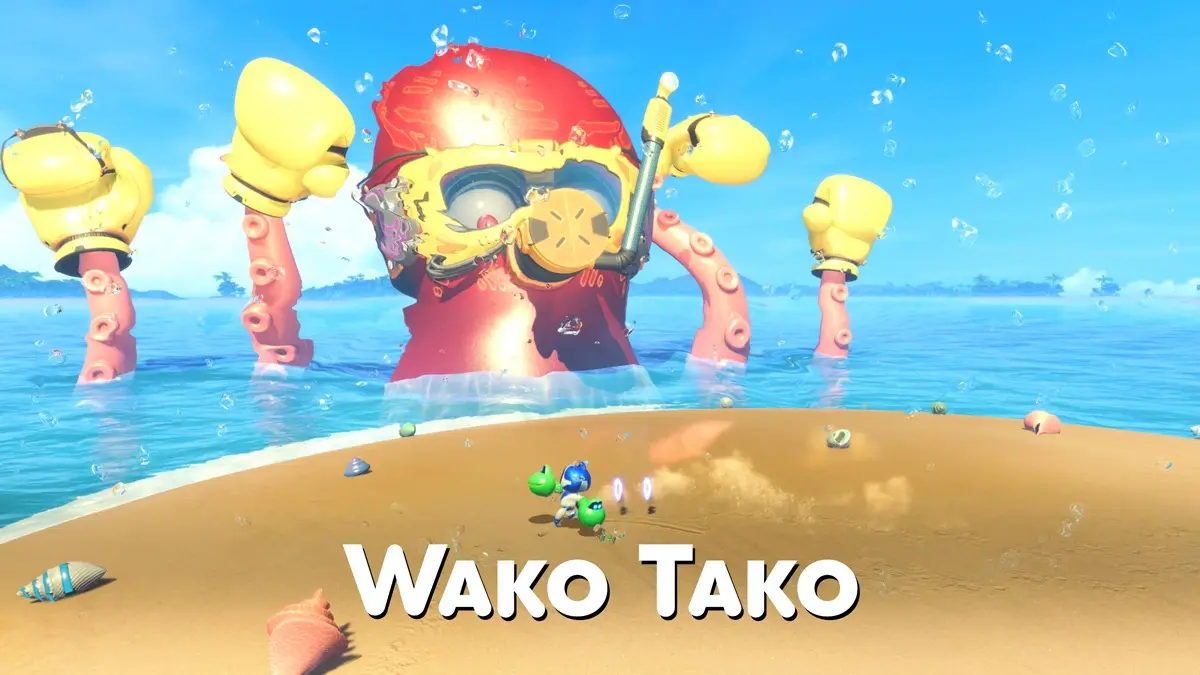
A good chunk of your enjoyment of this game will come from unearthing its many references to the wider PlayStation tapestry of hardware and videogames. The cameo bots from Astro’s Playroom return here, and are greatly expanded upon with more numbers added to their roster and entire levels themed after their respective franchises. Not everyone is represented equally, but players young and old will find joy in seeing characters like Spike from Ape Escape and Aloy from Horizon Zero Dawn get their time in the spotlight.
Sure, there’s a lot of nostalgia-mining and corporate synergy happening here - but it’s done with such deep passion for these games, to the point that it’s difficult to fault.
Astro’s Playroom featured some incredible music from composer Kenneth C. M. Young - like the now-revered GPU song - but he might have outdone himself here. I’d often leave the game on in levels like the hub area, which has a sweeping western-style heroic theme pushing players to save more bots and recruit them to the town.
There are 300 bots to find in total throughout the game, all of which find a home in this hub area and make it feel a lively place to explore. The game is also technically flawless on every level, which is an impressive feat considering the many times it plays with in-game physics by throwing hundreds of balls, jewels, fruits and balloons into a level just because. Don’t be fooled by its cartoonish exterior, because this is just as technically demanding a platformer as any I’ve ever played.
Putting the DualSense controller through its paces
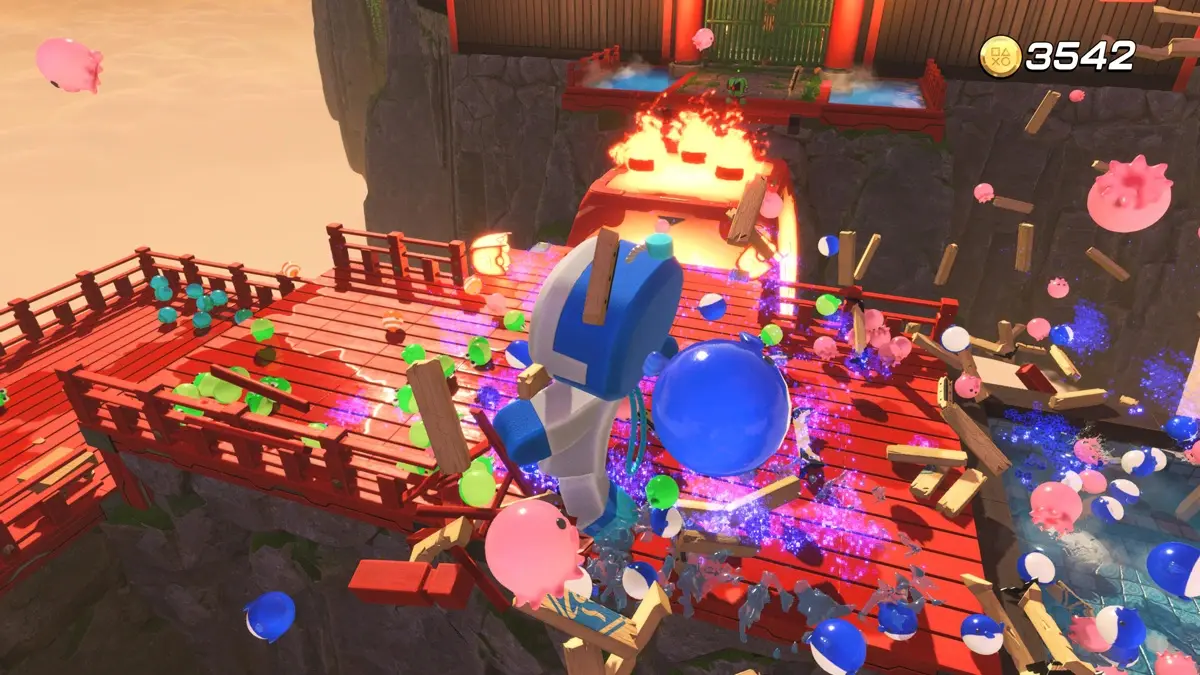
Astro Bot feels almost like a large-scale expansion of Astro’s Playroom. Its colourful levels and platforming mechanics make an organic and highly ambitious escalation from Astro’s last adventure, offering close to 12 hours of playtime or more for completionists. In the last game, Astro would take on different forms and abilities by equipping gadgets, much like Mario in Super Mario Odyssey would possess different objects by using Cappy.
In this game, each level is designed from start to finish around Astro using a specific form - from a chicken jetpack that allows him to soar into the sky to a pair of cactus-themed boxing gloves that transform him into an Arms fighter.
Despite featuring far more levels and bosses, Astro Bot manages to maintain the same fast-paced sense of variety its predecessor had, constantly throwing new ideas and experiences at the player until the very end of its credits sequence - which is presented in its own novel little way.
The diversity of its level design is genuinely breathtaking at times, taking players from sky-based balloon-hopping levels to open world-like underwater environments. Each level is cleverly designed as a standalone piece with a beginning, middle and end. A smaller introductory area usually lets players test out Astro’s new forms before they’re looped into more complex and challenging platforming mechanics later on, allowing for a natural build in difficulty.
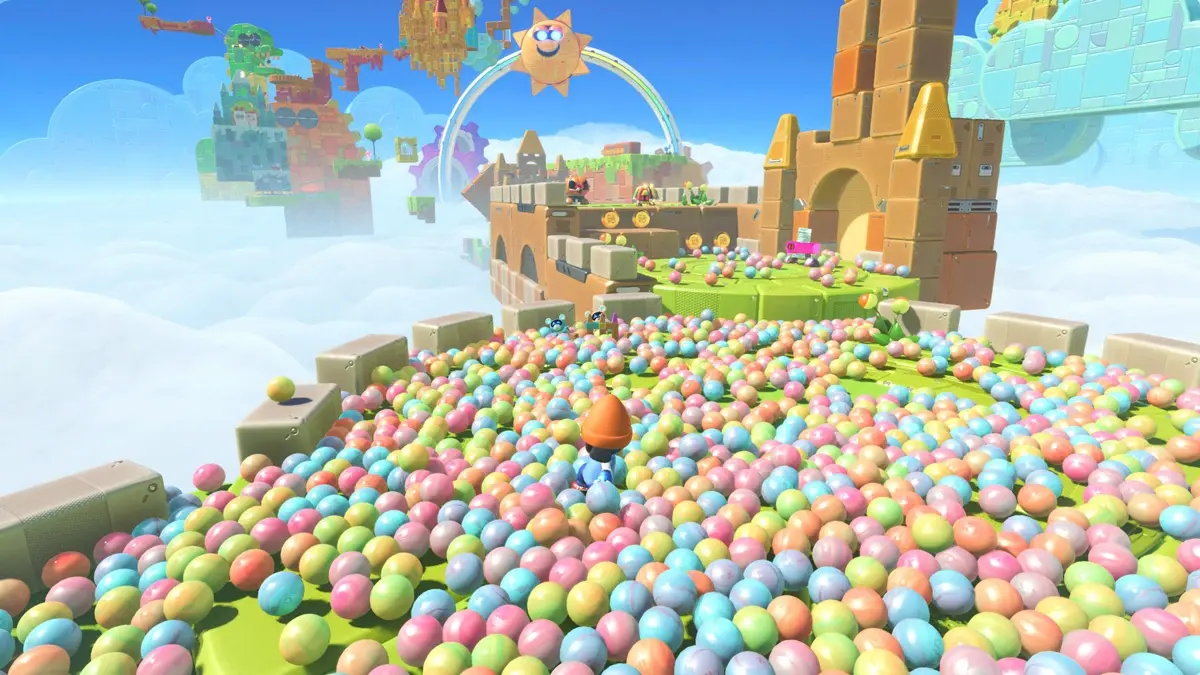
Astro Bot also makes the most compelling case for the DualSense’s haptic feedback and adaptive triggers yet. Half of the reason Astro’s platforming feels so fluid and satisfying is due to the physical feedback you receive while doing it, from the little metallic tippy-taps you hear and feel as Astro dashes across industrial floors, to the gun trigger-like power of his chicken jetpack.
One level that let Astro shrink to the size of a mouse was my favourite, due to the way the game’s music, sound and level design would quickly adapt to his minute dimensions. Many of the game’s levels feel dynamic in this way, offering new and unexpected ways to play depending on Astro’s form.
Astro Bot appears on the surface to be an easily accessible platformer for all ages, but it can be a frustrating experience at times. While its controls constantly feel precise, its levels can see a sharp increase in difficulty at seemingly random moments. Some of its bonus levels are absolutely conquerable, but would have me pulling my hair out for far too long to beat.
Bonus levels are one thing, but its campaign can feel this way too at times, throwing Astro into complex platforming trials that require sharp platforming skills to beat. Those who refuse to capitulate to these levels will find immense satisfaction in beating them, while others may simply throw their controllers down out of frustration. Thankfully, these spikes in difficulty are mostly reserved for optional side content. The game also gates story progression by forcing players to hunt down its collectible bots, which can be a grind at times. Thankfully, with 300 bots in-game, it doesn’t take much time to find the number you need to move the story forward.
Verdict
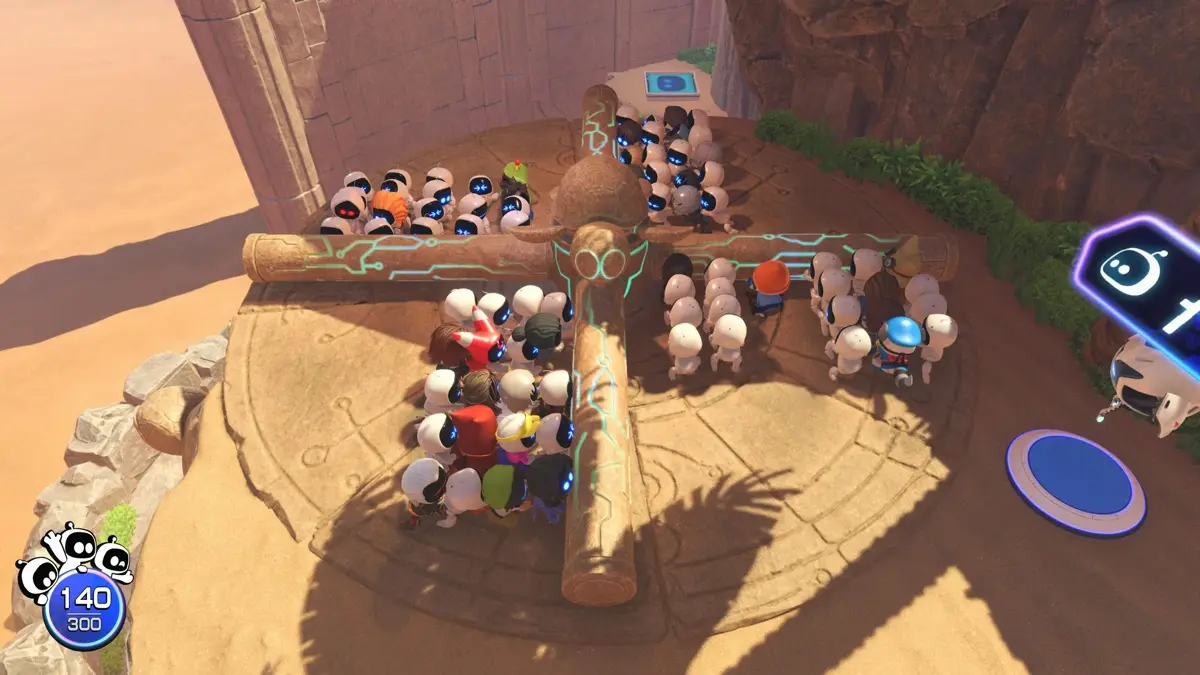
There’s no question about it: Astro Bot is one of the best PlayStation 5 exclusives you can play today. Even if its nostalgia-heavy cameos come off overbearing at times, the absolute sincerity with which these references to PlayStation history are packed into the game is difficult to resist. The game’s levels offer plenty of colourful variety, fun mechanics and new ideas over the course of its 10-13ish hours of play, climaxing in a bombastic final battle that does plenty to cement Astro as a modern gaming icon. If you can push past its random spurts of difficulty and grindy collectible hunts, you’ll be left with a platforming game that both looks and feels like this genre at its very best.

Astro Bot launches on PlayStation 5 on September 6, 2024. We received a copy of the game for this review.


